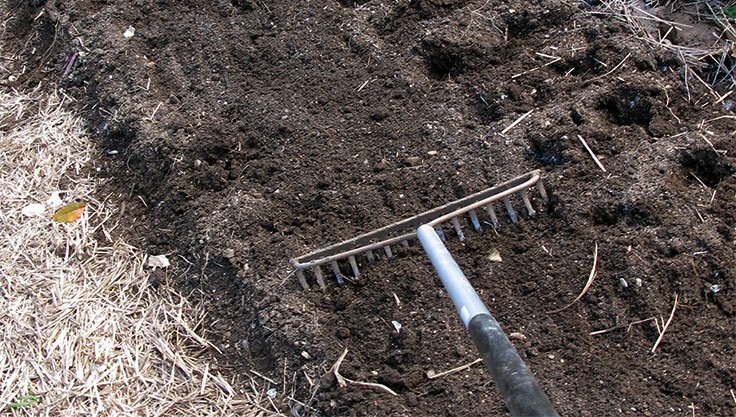Long ago, it was common for people to work their own land. In fact, where most citizens today can tell the difference between fast food restaurants, a century ago, most people could discern the difference between edible and non-edible plants with ease.
Unfortunately, as society has progressed, very few people can identify fruit or vegetable bearing plants, nor can they tell which leaves, roots and seeds are good for humans to eat. But if you’re interested in gardening or homesteading, these are skills that you must learn.
Today, we have everything that we need made available to us via our local supermarkets. But if you want to begin growing your own fruits and vegetables, you have to learn the art of gardening, and methods for keeping your plants safe and healthy.
Here, we’ll focus on natural methods of gardening and keeping plants healthy as they grow.
When you set out to build a garden, there’s much more to it than simply digging a few holes and dropping seeds on the ground. This is a process that requires a strategy and a schedule, and you’ll need to stick to it in order to be successful.
First, when choosing a location, you’ll want to follow the path of the sun over your property throughout the day. And you’ll want to keep in mind that a vegetable garden needs around 6 hours of direct sunlight on average per day.
With this in mind, you don’t want to choose an area that receives ample shade or an area that floods. Once you have your areas marked out, the next step is to choose the best area where you have easy access to the garden.
As long as your garden is easily accessible, you’ll be able to transport water, fertilizer, and materials without difficulty, and you’ll be more likely to tend your garden a bit more often if it’s in a convenient location.
If you dig into your garden area and you see rich, dark soil, then you’re in luck. Chances are, the nutrient content in your chosen location is perfect to grow plants. But if not, you’ll need to buy soil rich in nutrients in order for your plants to grow sufficiently.
After you assess the nutrients in your base soil, add nutrient-rich soil if needed and ensure that this is spread around evenly and thoroughly.
Once you have your soil in place, it’s time to plant your seeds or seedlings. Just be sure to dig deep enough in reference to the grow chart that corresponds to your chosen plants. Once all of your seeds or seedlings are planted, ensure that you give them a nice shower to saturate the ground with water to help them begin growing.
You’ll want to avoid using any caustic fertilizers, especially at the beginning stage. Natural alternatives for fertilizer include a variety of compost and natural fertilizers like manure and guano, but these can be added after a week or so.
As your garden grows, you’ll begin to notice visitors. And these visitors can come in…
